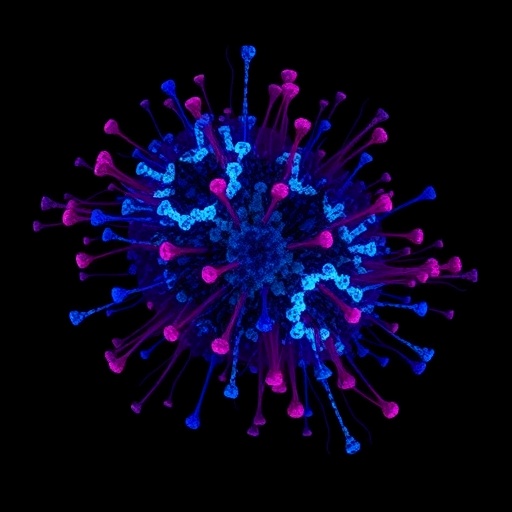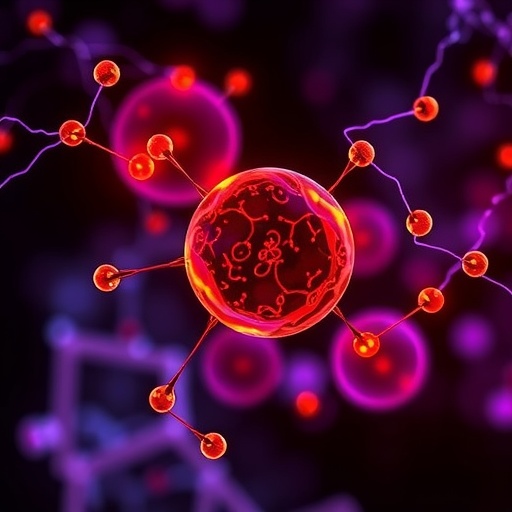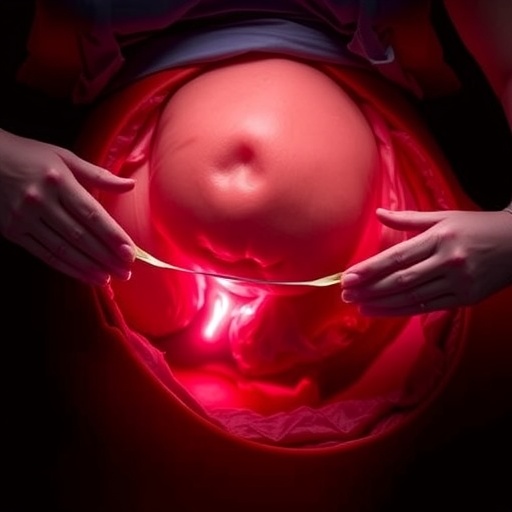In a groundbreaking study published in Journal of Translational Medicine, researchers Ye, L., Huang, X., Tang, Q. et al. have unveiled critical insights into the underlying mechanisms of rheumatoid arthritis (RA) through the integration of single-cell RNA sequencing (scRNA-seq) and bulk RNA sequencing (bulk RNA-seq). Rheumatoid arthritis is a chronic inflammatory disorder that primarily affects the joints, leading to pain and potential disabilities. This study marks a significant step forward in understanding the complex roles of immune cell subpopulations in this autoimmune disease, providing a new perspective for therapeutic targets.
The authors employed a novel approach by using both scRNA-seq and bulk RNA-seq, enabling them to delve deeper into the genetic expression profiles of macrophages, a vital component of the immune system involved in inflammation and tissue remodeling. Macrophages play a dual role; they can either exacerbate inflammation or promote tissue repair. The distinction between pro-inflammatory and anti-inflammatory macrophages makes them a focal point for understanding rheumatoid arthritis pathogenesis.
Through meticulous analysis, the research team identified specific macrophage subpopulations that exhibit distinct gene expression patterns. These patterns correlate with the severity and progression of rheumatoid arthritis. By clustering macrophages based on their transcriptomic profiles, the researchers revealed previously unrecognized subpopulations that could be pivotal in the disease’s development. This high-resolution approach allows scientists to target these cells more effectively in future therapies.
Key to the study is the role of the signal transducer and activator of transcription 1 (STAT1), a critical signaling molecule that mediates cellular responses to interferons and plays a crucial role in immune responses. Through their integrated analysis, the researchers established that STAT1 is implicated in regulating the functions of specific macrophage subpopulations associated with rheumatoid arthritis. Their findings suggest that STAT1’s activation pattern may be a marker for disease progression and a target for intervention.
Moreover, this integrated analysis also highlighted the interplay between macrophages and other immune cells in the rheumatoid arthritis milieu. Understanding these interactions is essential for the identification of potential biomarkers for early diagnosis and prognosis of RA. The study emphasizes the importance of a holistic view of cellular interactions rather than focusing on isolated cell types, showcasing how network biology can enhance our comprehension of complex diseases.
Notably, the study’s results indicate that therapeutic strategies aimed at modulating macrophage function through targeting STAT1 could have significant implications for the treatment of rheumatoid arthritis. With the alarming rise in the prevalence of autoimmune diseases globally, the necessity for innovative therapeutic strategies has never been more pressing. By revealing the nuanced roles of various macrophage subpopulations, this research opens new avenues for treatment that could improve patient outcomes.
In addition to exploring macrophage subpopulations, the authors adopted sophisticated bioinformatics tools to enhance the reliability of their findings. They employed advanced analytical techniques, which enabled them to dissect the multifaceted dimensions of the immune response in rheumatoid arthritis. This robust approach not only strengthens their conclusions but also sets a benchmark for future studies in the field.
The collaborative nature of this research involving multiple institutions underscores the importance of interdisciplinary approaches in biomedical research. By merging expertise in single-cell technologies with clinical insights and computational biology, the researchers created a comprehensive framework that other scientists can adopt to explore similar autoimmune diseases. This collaborative spirit is vital for accelerating progress in understanding complex immune-mediated disorders.
Importantly, this study does not merely serve to advance academic knowledge but also carries the promise of translating these discoveries into tangible benefits for patients. As the biomedical community strives to convert basic research findings into clinical applications, studies such as this one provide a critical foundation for developing targeted therapies that can alleviate the burden of rheumatoid arthritis and enhance the quality of life for patients.
As researchers move from discovery to implementation, the findings related to STAT1 and macrophage subpopulations will hopefully catalyze clinical trials aimed at measuring the efficacy of new therapeutic strategies. The potential for clinical applications based on this study can transform how we approach the management of rheumatoid arthritis, giving hope to millions suffering from this debilitating condition.
In conclusion, the integrated analysis of single-cell RNA-seq and bulk RNA-seq by Ye, L., Huang, X., Tang, Q., et al. represents a paradigm shift in our understanding of rheumatoid arthritis. By identifying crucial macrophage subpopulations and elucidating the role of STAT1, the researchers have laid the groundwork for innovative treatment methodologies that could significantly improve patient outcomes. This work underscores the power of modern genomic technologies in unraveling the complexities of autoimmune diseases and opens new horizons for precision medicine.
Moving forward, the implications of this research extend beyond rheumatoid arthritis, suggesting that similar methodologies could be applied to a plethora of other immune disorders. The future of immunology lies in these intricate analyses that can distinguish subtle variations in cellular functions and pave the way for personalized therapeutic interventions. The journey from bench to bedside is fraught with challenges, yet the findings from this groundbreaking research inspire confidence that we are on the right path toward transformative healthcare solutions.
As the scientific community continues to explore the implications of these findings, it is crucial that researchers remain committed to collaboration, innovation, and a patient-centered approach. The insights garnered from studies like this one will be vital in crafting the next generation of therapies aimed at conquering autoimmune diseases and enhancing the lives of countless individuals around the world.
Subject of Research: Macrophage subpopulation characteristics in rheumatoid arthritis and the role of STAT1.
Article Title: Integrated analysis of single-cell RNA-seq and bulk RNA-seq reveal macrophage subpopulation characteristics and the role of STAT1 in rheumatoid arthritis.
Article References:
Ye, L., Huang, X., Tang, Q. et al. Integrated analysis of single-cell RNA-seq and bulk RNA-seq reveal macrophage subpopulation characteristics and the role of STAT1 in rheumatoid arthritis.
J Transl Med 23, 1161 (2025). https://doi.org/10.1186/s12967-025-07015-y
Image Credits: AI Generated
DOI:
Keywords: Rheumatoid arthritis, macrophage subpopulations, STAT1, single-cell RNA sequencing, bulk RNA sequencing, immune response, therapeutic target.
Tags: anti-inflammatory macrophagesbulk RNA sequencingchronic inflammatory disordersgene expression profilesimmune system rolesmacrophage roles in inflammationmacrophage subpopulationspro-inflammatory macrophagesrheumatoid arthritis mechanismsSingle-Cell RNA Sequencingtherapeutic targets for RAtranscriptomic analysis in arthritis





